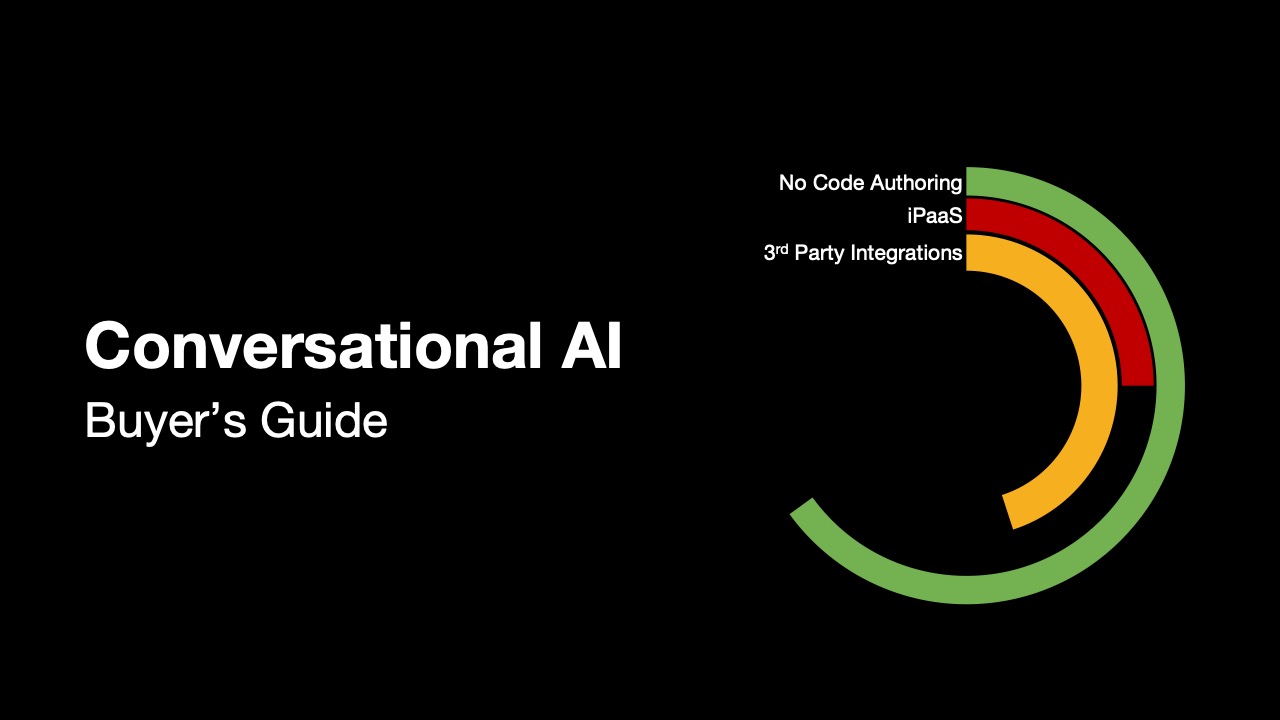Companies using DevOps automation are more agile. They meet business objectives more quickly and efficiently by deploying more frequent changes. They innovate faster with smaller iterations between requirements, commitments, and deployments. They have lower failure rates and disruptions since recovery times are shorter than their peers. Iterating in smaller, more frequent steps also instills a collaborative DevOps culture across feedback loops and information silos.
But, a DevOps framework still has too many manual steps. Most of them are people related.
Depending on how you set up your development and operations organizations determines the number of informational silos. You could have four, five, or maybe six different functional DevOps areas. Some of the more common functional areas include Planning, Development, Testing, Security, Deployment, IT Management, or Operations. Each of these functional areas contains their own set of DevOps automation tools and skilled professionals. The DevOps tools inside each of the units automate certain functions, but many times don’t span more than one functional area. Therefore, many of the suggested DevOps best practices are not attainable in large organizations.
75% of DevOps initiatives will fail to meet expectations due to organizational learning and change issues.
Many of the challenges associated with implementing DevOps automation arise from a lack of communication and responsiveness amongst your development, security, and operations teams. DevOps is supposed to increase speed and collaboration, but it does create some friction or pinch points requiring human intervention that may slow things down. According to Gartner, 75% of DevOps initiatives will fail to meet expectations due to organizational learning and change issues. [1] A second study from Atlassian states the top DevOps challenge causing failures or delays stems from a lack of organizational alignment and corporate culture.
Top Causes of DevOps Failure
- Failure to Manage Organizational Change
- Failure to Collaborate
- Failure to Adopt an Iterative Approach
- Inability to Manage Expectations About DevOps Initiatives
Automate Your DevOps Culture
DevOps is a massive disconnected toolchain. There are efficiencies in some parts of the software development organization, but the entire process still requires too many manual steps. And, project sponsors and stakeholders have no idea what constraints you must deal with. They don’t know what tools you use and why. They don’t know which steps are automated and which are manual. They just have requirements to change the business and deadlines to deliver them.
During a DevOps project, stakeholders will want to understand what is going on or the project’s status. Answers like, “It’s going well,” “It’s slow,” or “I feel good about the release” aren’t answers based on real data. The actual answers are hidden deep inside the development organization and specialized tooling. The answers often reside inside unstructured data like in email, Jira, Slack, or other productivity tools. Working like this may be acceptable at the team level but reporting upward requires unnecessary work. It forces your teams to track down answers based on the real data, sometimes taking days to look up and roll up project status. By that time, the data is days old and outdated.
“Orchestrating people is the hardest part. When someone doesn’t respond to an email, we miss a release, and we don’t even know why.”
When there are manual checks and balances in the delivery cycle, any delays in reviewing, approving, or initiating the next step, exponentially increase. Decision delays push subsequent steps back slightly, but these manual steps cause the delivery and deployment dates to slip past deadlines in most cases. If IT projects slip past deadlines, they significantly impact the desired business outcomes that initiated the project in the first place.
There has to be a better way.
DevOps tools should enable and encourage better human to computer interaction like an episode of Star Trek. On an episode of Star Trek Enterprise, you can hear human to computer interaction in a conversation. You will not be able to differentiate whether a human, computer, or android is conversing with another human, computer, or android. They all communicate in the same conversation to move the project forward.
When business stakeholders and IT speak the same language, projects move forward. As conversational Information flows back and forth, project decisions, milestones, and checkpoints proceed without unnecessary human delay. Adhering to DevOps best practices may be a conversation away:
Increasing DevOps Communication
- DevOps Project Updates
- Deliver or retrieve answers to strategic business questions in a conversation to gain top to bottom visibility. Eliminate the need to build PowerPoints and dashboards for executive reporting since many decision makers don’t have access to this level of data.
- Drive DevOps Culture and Adoption
- By seamlessly orchestrating a cultural change amongst people and automation, you overcome one of the leading causes of DevOps projects’ failure.
- Automate Compliance Reporting
- Create compliance records as time progresses. Conversational Robotic Process Automation automatically creates an audit trail involving every system, every change, every tool, and every person. You no longer need to spend hundreds of hours tracking down change management records.
- DevOps Project Updates
In most cases, your DevOps toolchain doesn’t change–your process does. By automating across functional areas, you will predictably manage complex software development and IT projects by gaining visibility into cross-functional pinch points. All of your people, processes, and technology orchestrate into a centralized conversational framework. You are removing the top causes of DevOps failures.
Stop Making People Understand Technology
Instead of making people understand technology to do their jobs, let’s make technology that understands how people already do their jobs. Moore’s Law states the number of transistors in an integrated circuit doubles every two years. Human cognitive processing doesn’t grow at near this rate, but sometimes we expect more capacity from our people than possible.
Isn’t it time we started making technology do the work instead of technology making us do it?
Take Advantage of Messaging with Conversational AI
Krista is an intelligent automation platform that connects to your existing DevOps toolchain and helps you orchestrate people. It enables project sponsors, management, development, security, compliance, and operations teams to remove project delays associated with manual steps. By mimicking how we already communicate in conversations, Krista reduces wait times related to human-based verifications or approvals. Commands are precisely how you already seek information by conversing with colleagues and customers:
- Use existing DevOps automation tools
- Better orchestrated people and strengthen DevOps cultures
- Automatically log compliance and security steps for auditing
- Easy adoption
If you can converse, Krista will answer your question. By utilizing existing communication methods in the form of a conversation, you take advantage of how we already communicate. You won’t need expensive services and consulting projects. You won’t need to train. You won’t need to maintain documentation on how to make people understand the technology. You are enabling technology that understands people—your very own Star Trek episode.
Krista empowers non-technical people to perform very technical tasks. By integrating the toolchain and elevating the connectivity across all those tools, business users can execute and lookup previously unobtainable information. Krista maintains strict confidentiality and compliance standards when sending data to stakeholders. It is an enterprise-grade platform that is entirely configurable for data security, access, compliance, and privacy.
Krista enables IT services, manufacturers, logistics, and high-tech companies worldwide to eliminate constraints created by data silos. These companies spend less time manually updating systems for the sake of updating. Instead, they are more nimble and can more quickly execute IT projects based on changing economic conditions.
Let’s talk about how you can reduce project lifecycles in your business. Contact us to start a conversation today.
Sources
- Gartner, The Secret to DevOps Success, Katie Costello, 11 April 2019
- Gartner, Top 5 Causes of DevOps Failure and How to Avoid Them, 22 June 2018, Christopher Little , George Spafford, Document ID: G00345524
- Moore’s Law
Gartner Disclaimer
Gartner does not endorse any vendor, product or service depicted in its research publications, and does not advise technology users to select only those vendors with the highest ratings or other designation. Gartner research publications consist of the opinions of Gartner’s research organization and should not be construed as statements of fact. Gartner disclaims all warranties, expressed or implied, with respect to this research, including any warranties of merchantability or fitness for a particular purpose.





